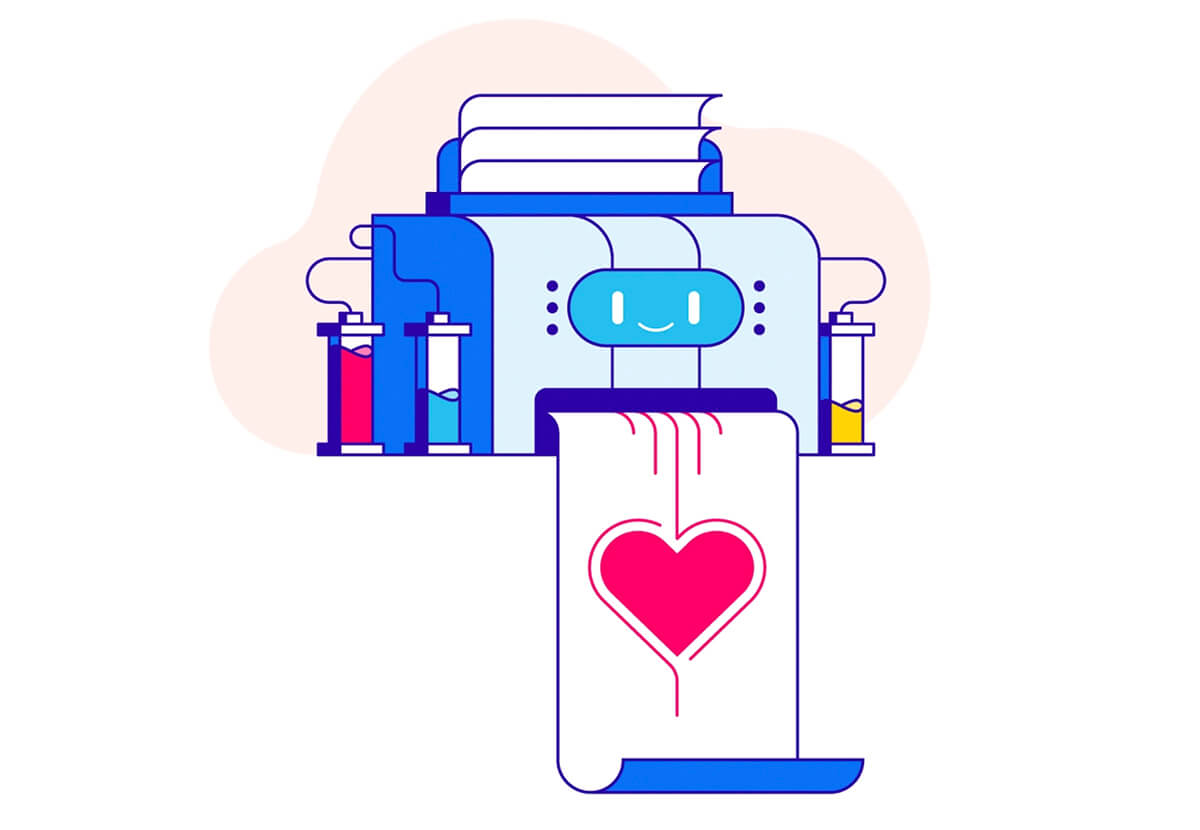
Whether you’re a business owner, an event planner, or simply someone with a creative vision, understanding the different printing methods available is crucial in bringing your ideas to life.
With so many options out there – digital printing, offset printing, and wide format printing – it can be overwhelming to determine which one will best suit your needs. But fear not! Print Ready are here to break it all down for you and help you make an informed decision.
Before diving into the specifics of each technique, it’s essential to consider a few key factors: purpose, volume, budget, and desired quality. Knowing these elements upfront will save you time and ensure that you choose the most efficient method for your project.
Digital printing
Digital printing is a modern printing technique that uses digital files to directly print images onto various types of media. Unlike traditional methods, which involve creating physical plates or screens, digital printing eliminates the need for these intermediaries by transferring the image directly from a computer to the printer.
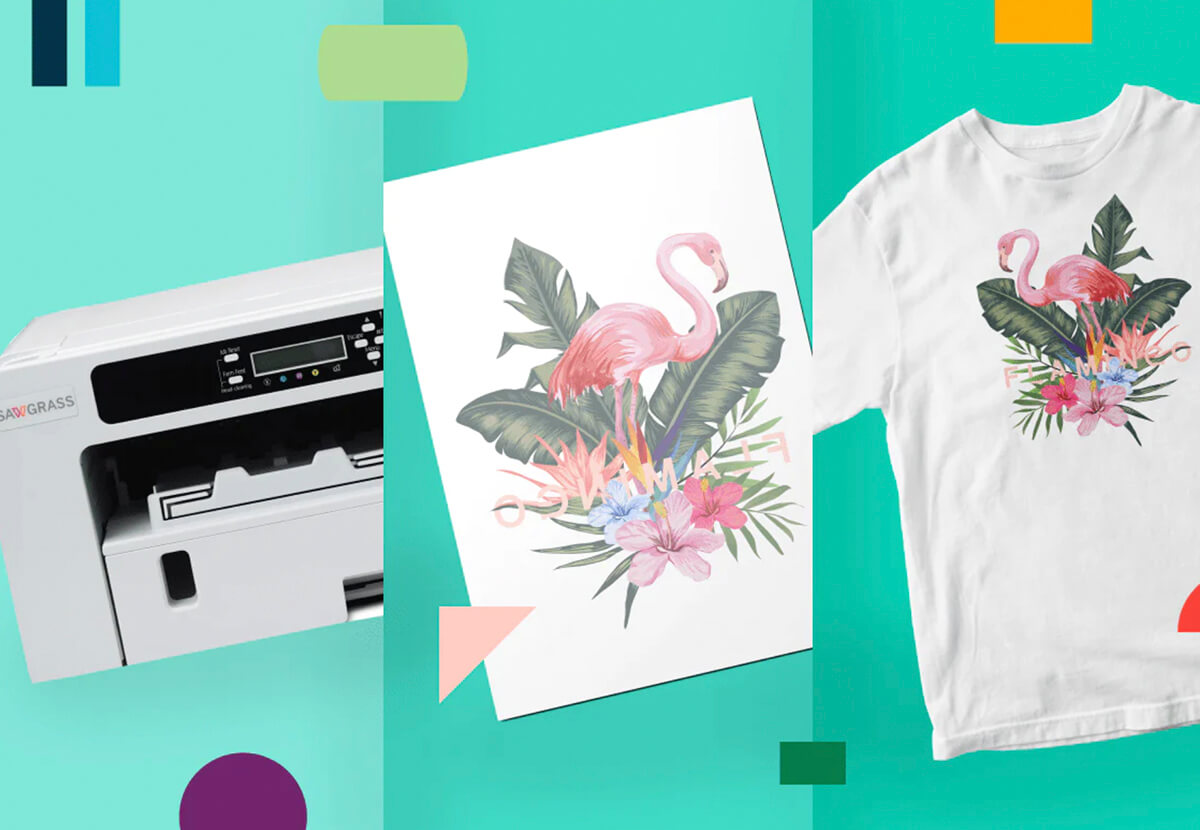
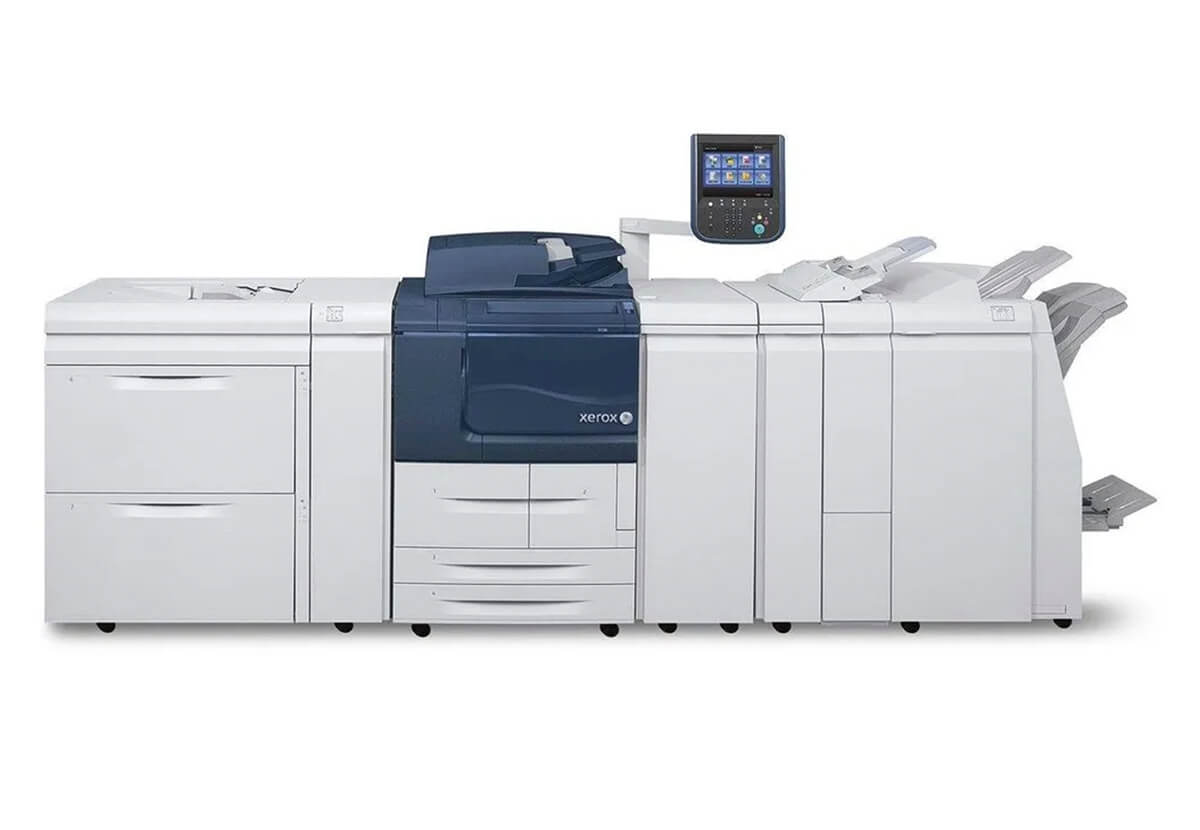
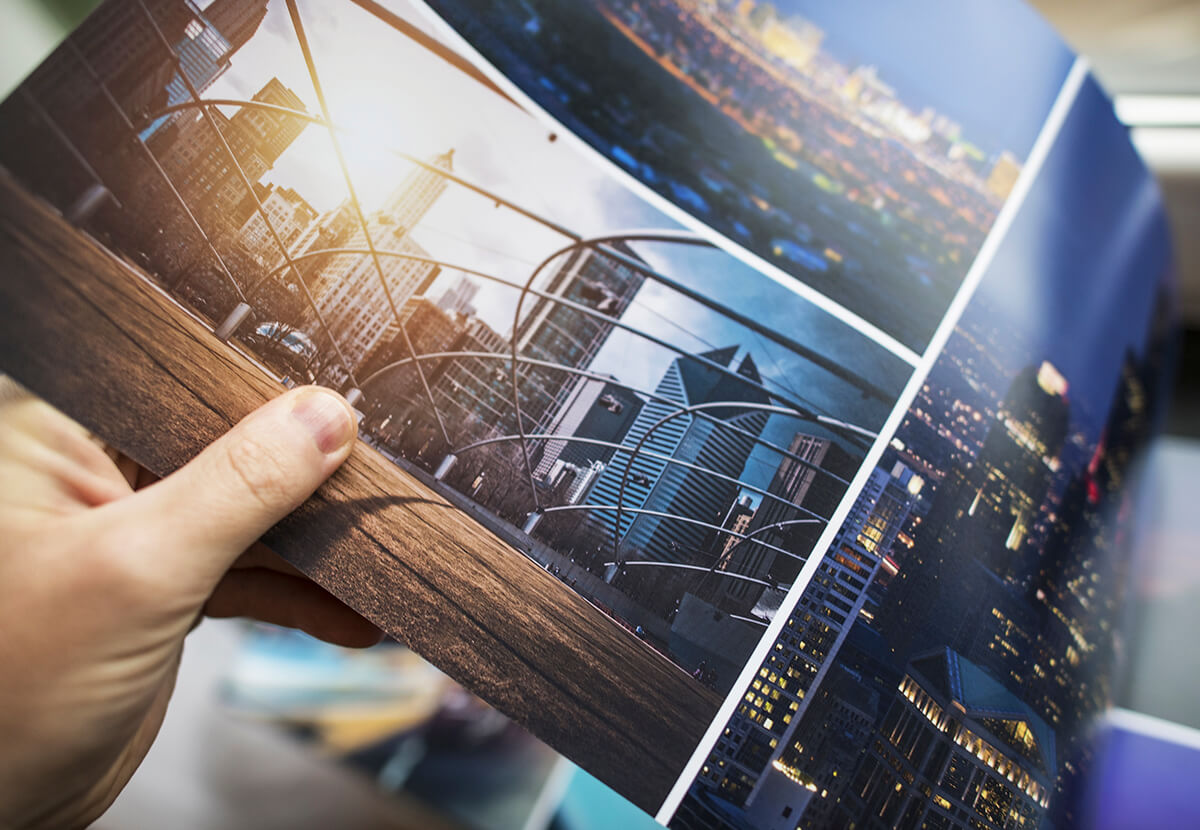
Benefits of digital marketing
One of the main benefits of digital printing is its speed. With no setup time required, digital printers can produce prints in a matter of minutes. This makes it an ideal choice for projects with tight deadlines or last-minute changes.
Another advantage is cost-effectiveness, especially for small print runs. Traditional offset printing often requires large minimum quantities, but with digital printing, you can order as few copies as needed without incurring additional costs.
Customisation is another key feature of digital printing. It allows you to personalise each copy with variable data such as names or addresses without slowing down production. This makes it perfect for direct mail campaigns or personalised marketing materials.
In addition to these benefits, digital printing offers high-quality results with vibrant colours and sharp details. The technology has advanced significantly over the years, making it difficult to distinguish between digitally printed and traditionally printed materials.
Customisation is another area where digital printing shines. Whether you want personalised brochures or variable data labels with unique information on each piece, digital technology makes it easy to achieve this level of customisation without sacrificing quality or increasing production time.
In addition to these benefits, digital printers offer exceptional colour accuracy and sharpness, ensuring that your prints look vibrant and professional. The flexibility provided by this technique also allows for easy revisions and updates as needed.
Digital printing provides a fast and cost-effective solution for small print runs while offering high-quality results and customisable options tailored to suit individual needs.
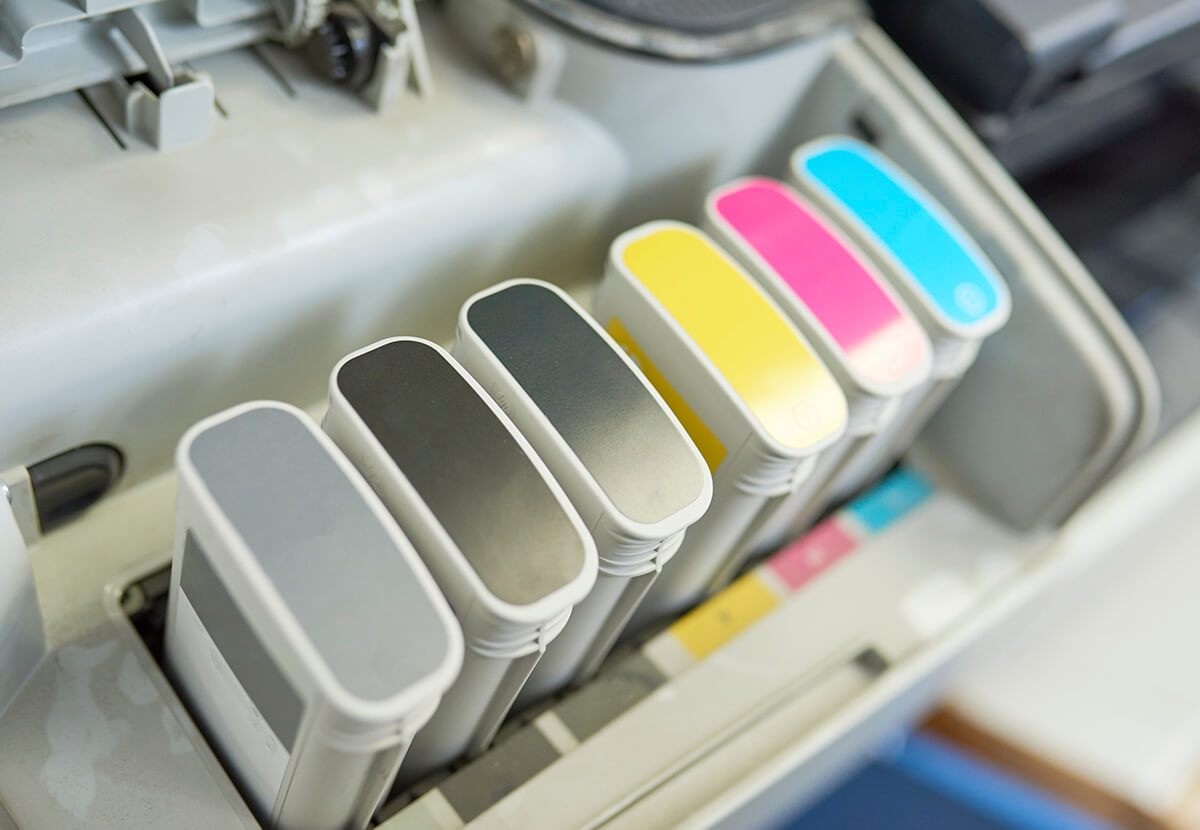
Benefits of offset printing
One of the major benefits of offset printing is its ability to produce high-quality prints with sharp details and vibrant colours. This makes it ideal for projects that require precise colour matching or intricate designs, such as brochures, catalogues, and magazines.
Another advantage of offset printing is its cost-effectiveness for large print runs. Once the plates are created, they can be used repeatedly without any loss in quality. This makes offset printing more economical than digital printing for projects with high volume requirements.
Additionally, offset printing offers a wide range of paper options and finishes, allowing you to create custom effects and enhance your project’s overall appearance. Whether you want glossy or matte finishes or specialty coatings like spot UV or metallic foiling, offset printing can deliver exceptional results.
While digital printing may offer convenience and speed for small print runs or personalised items, when it comes to achieving top-notch quality at an affordable price for larger quantities, offset printing remains the go-to choice.
Furthermore, this technique provides precise colour matching capabilities through the use of Pantone colours and special inks. This ensures that your prints accurately represent your brand’s colours and maintain consistency across different marketing materials.
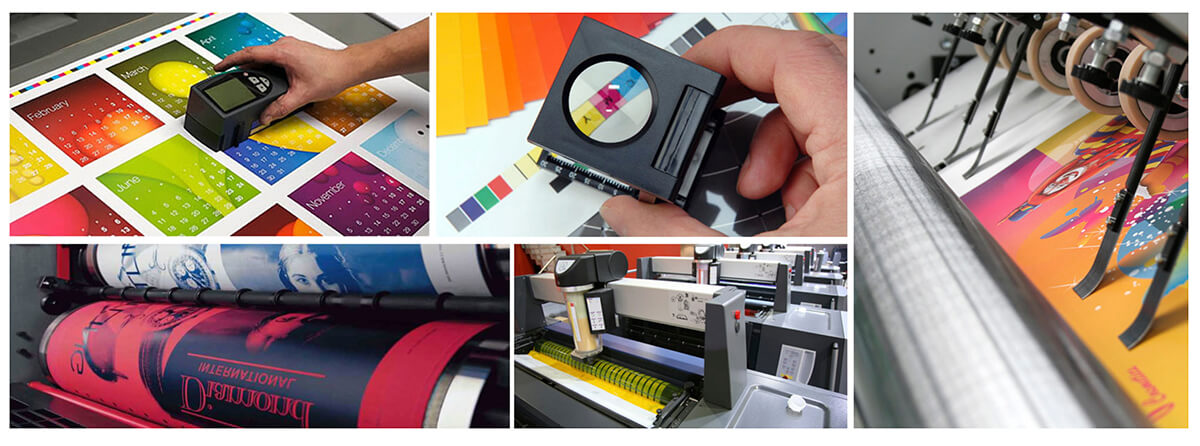
Ideal use cases for offset printing
Ideal use cases for offset printing include projects that require high-quality prints and large volumes. Offset printing is known for its ability to produce sharp, vibrant, and detailed images, making it perfect for projects like brochures, catalogues, magazines, and packaging materials.
Ideal Use Cases for Digital Printing
Define offset printing
Offset printing is a traditional and widely used printing technique that involves transferring ink from a metal plate to a rubber blanket, which then applies the ink to the paper. Unlike digital printing, offset printing requires the creation of physical plates for each colour in the design.
wide format printing
Wide format printing refers to a printing technique that is used to produce large-scale prints, typically larger than the standard paper sizes. It involves using specialised printers and materials to create prints that can be several feet wide or even larger.
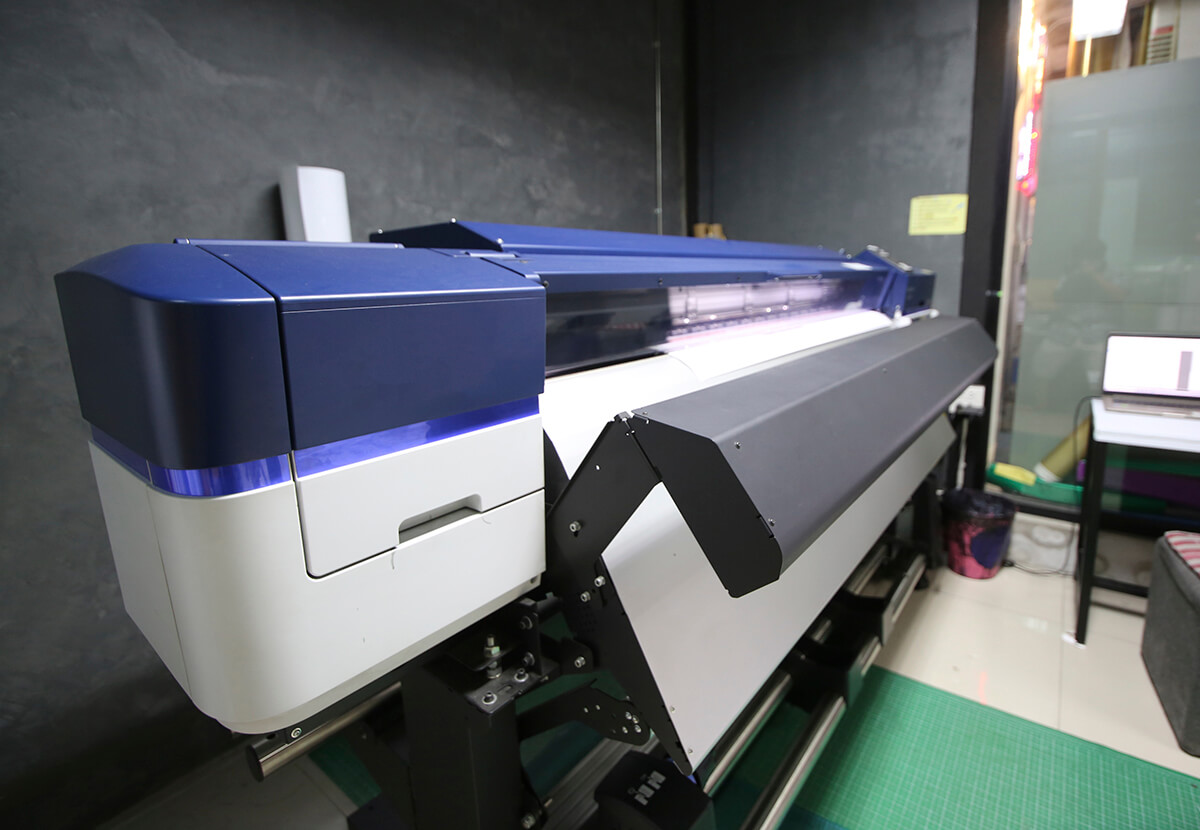
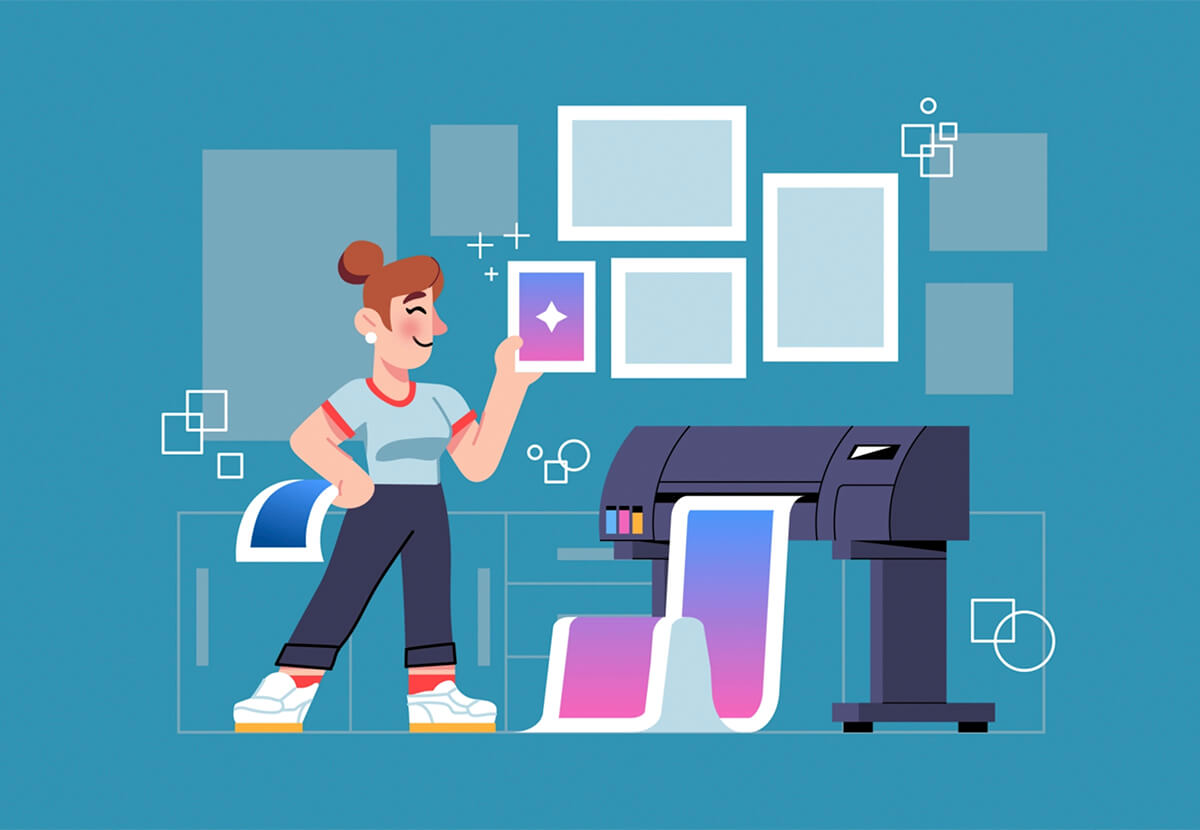
Benefits of wide format printing
One of the key benefits of wide format printing is its ability to produce eye-catching, attention-grabbing prints. With wide format printing, you have the freedom to create bold and vibrant designs that are sure to make a statement. Whether you’re looking to print banners for an event, posters for advertising purposes, or signs for your business, wide format printing allows you to capture attention and stand out from the crowd.
Versatility is another advantage of wide format printing. It can be used on a variety of materials such as vinyl, fabric, canvas, and more. This means you can choose the most suitable material based on your specific project needs. Whether you want durable outdoor signage or high-quality indoor graphics, wide format printing provides flexibility in terms of material options.
Furthermore, wide format printing offers excellent image quality even at large sizes. The advanced technology used in these printers ensures sharpness and clarity in every detail of your design. This makes it ideal for projects where visual impact is crucial.
Wide format printing is a powerful tool when it comes to creating impactful visuals on a large scale. Its versatility in terms of materials and its ability to deliver high-quality results make it an excellent choice for various projects such as banners, posters, and signs.
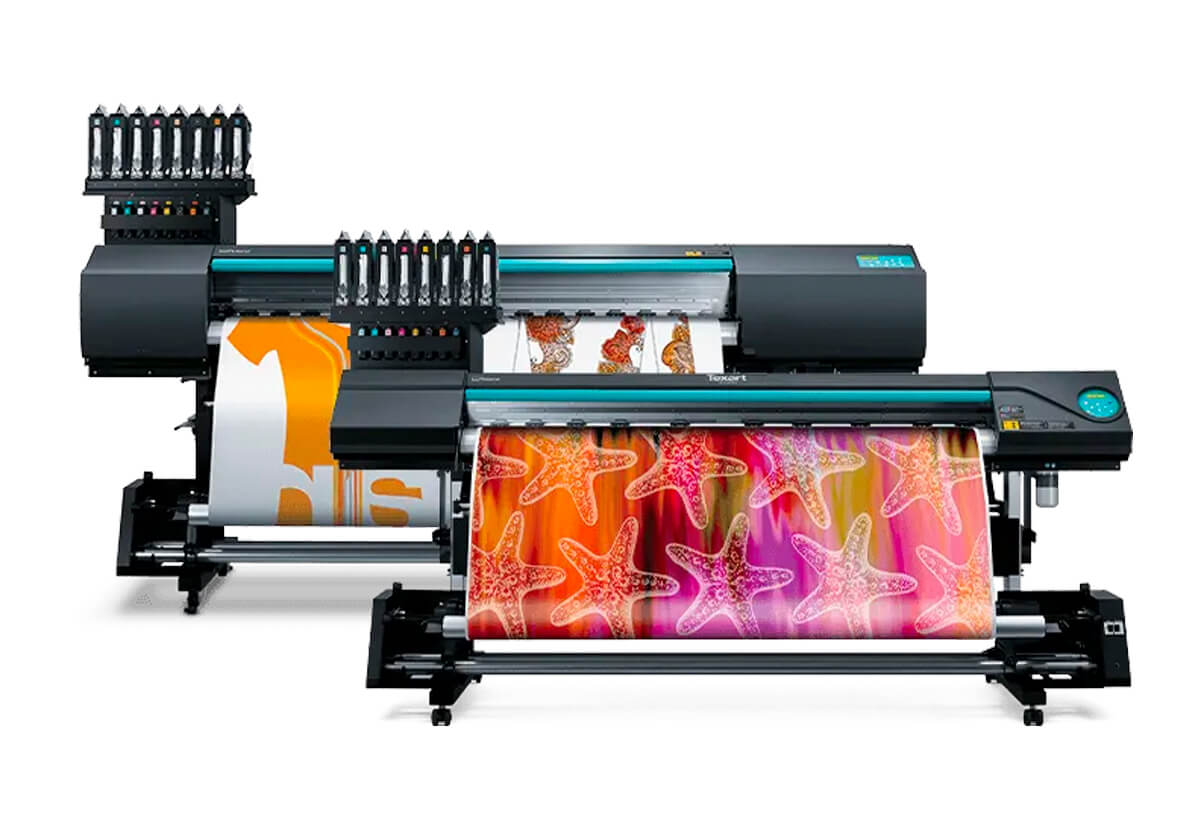
Ideal use cases for wide format printing
Wide format printing is an incredibly versatile printing technique that offers numerous benefits for a variety of projects. Its ability to produce large prints makes it the perfect choice for creating eye-catching banners, posters, and signs. Whether you need to promote an event or showcase your brand in a big way, wide format printing has got you covered.
One ideal use case for wide format printing is trade shows and exhibitions. With its ability to create attention-grabbing displays, wide format printing can help your booth stand out from the competition. It allows you to print high-quality graphics that effectively communicate your message and captivate potential customers.
Another great application of wide format printing is outdoor advertising. Whether you want to display billboards along busy highways or advertise on building wraps in urban areas, this technique ensures that your message reaches a broad audience with maximum impact.
Detailed comparison between digital and offset printing in terms of quality and volume.
When it comes to choosing the right printing technique for your project, understanding the differences between digital and offset printing is crucial. Quality and volume are two important factors that can greatly impact your decision.
In terms of quality, offset printing offers exceptional results. It uses a process where ink is transferred from a plate to a rubber blanket, then onto the printing surface. This method allows for precise colour reproduction and sharpness, making it ideal for projects that require high-end graphics or intricate details. Digital printing, on the other hand, uses toner or inkjet technology to directly transfer images onto paper. While digital print quality has improved over the years, it may not match the level of detail achieved with offset printing.
Volume is another important consideration when choosing a printing technique. Offset printing is known for its cost-effectiveness at large volumes. Once set up, it can quickly produce thousands of prints without compromising on quality. On the other hand, digital printing shines when it comes to smaller runs or personalised projects. With no setup costs involved, it’s perfect for producing small quantities efficiently and economically.
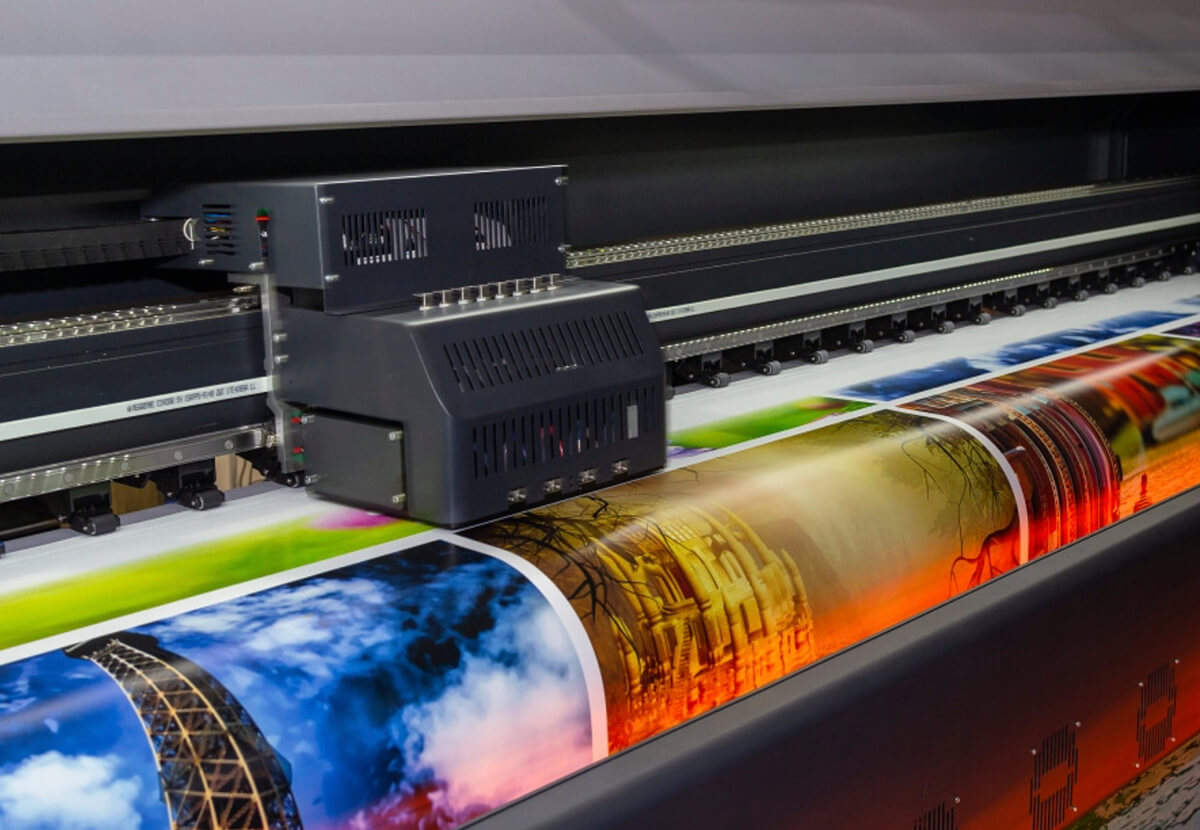
Considering these factors alongside your project needs will help you make an informed decision about which technique suits you best: whether you prioritise top-notch quality and have a larger volume requirement (offset), or need quick turnaround times with smaller quantities (digital). Remember to always consult with professionals in print shops like Print Ready who can provide expert advice tailored specifically to your project requirements
When it comes to choosing the right printing technique for your project, seeking expert advice is crucial. A professional print and design shop like Print Ready can provide you with the guidance and expertise you need to make an informed decision.
One of the key advantages of working with a professional print and design shop is their knowledge of different printing techniques. They can assess your project requirements and recommend the most suitable method that aligns with your goals, whether it’s digital printing, offset printing, or wide format printing.
In addition to their expertise, a reputable print and design shop will also have state-of-the-art equipment that ensures high-quality results. They are equipped with advanced technology that allows for precise colour reproduction, sharp images, and crisp text – elements that are essential for creating impactful printed materials.
Furthermore, professional shops like Print Ready have access to a wide range of materials and finishes. Whether you need glossy brochures or matte business cards, they can help you choose the right paper stock and finish options to enhance the overall look and feel of your printed materials.
Another advantage of working with professionals is their ability to offer additional services such as graphic design assistance. If you require help in creating eye-catching designs or layouts for your project, they can provide valuable input based on their experience in the industry.
By partnering with a reliable print shop like Print Ready, you can rest assured knowing that your project will be handled efficiently from start to finish. They understand deadlines are important; therefore they strive to deliver high-quality prints within agreed timelines while maintaining attention-to-detail throughout every step of the process.
Choosing a professional print and design shop not only guarantees expert advice but also ensures top-notch quality service tailored specifically to meet your individual needs
In today’s fast-paced and dynamic world, choosing the right printing technique for your project is crucial to ensure optimal results. By understanding the purpose of your project, its volume, budget, and desired quality, you can make an informed decision that meets your specific needs.
Planning a major printing project? Unsure what works best for your business? Lets the experts help! Email design@printready.ie or call us on (01) 858 1000 to discuss your ideas.